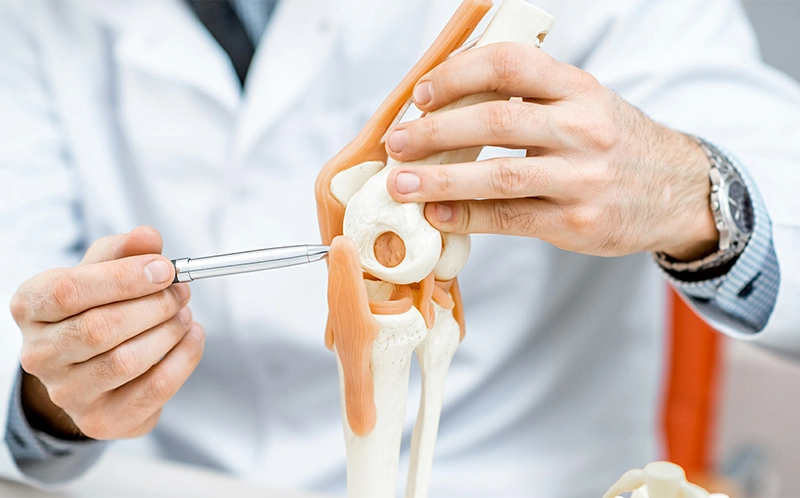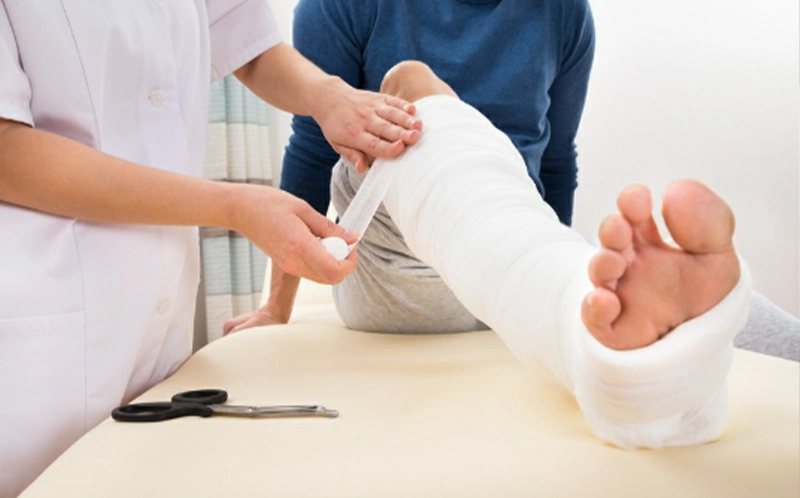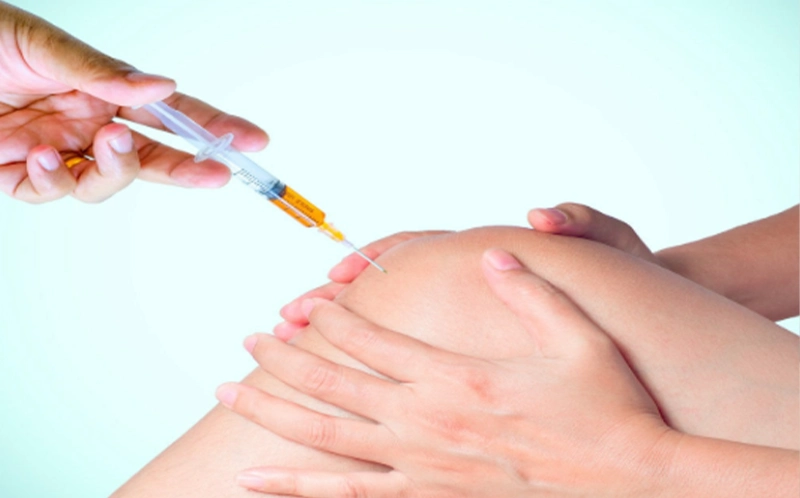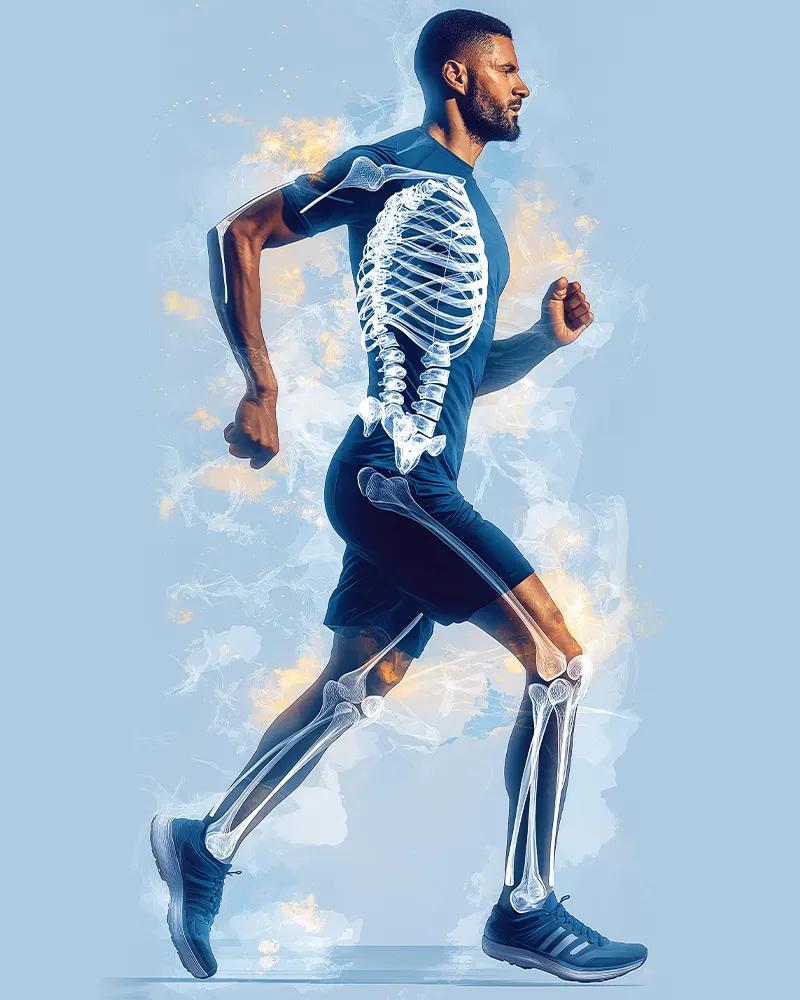Your journey to pain-free movement starts here—expert orthopedic care tailored to your needs, powered by the latest medical advancements and compassionate support.
Ever heard someone say they’re getting a “joint replacement” or “going in for knee surgery”? Chances are, they’re referring to orthopaedic procedures. Orthopaedic surgery is all about bones, joints, muscles, ligaments, and everything that helps you move smoothly. Whether it’s repairing a sports injury or fixing a worn-out hip, orthopaedic surgeons are the mechanical engineers of the human body.
Bone and joint issues don’t spare anyone—young or old. But the reasons behind each condition or treatment often differ greatly.
As we get older, our joints start to wear down. Osteoarthritis, one of the top culprits, causes pain and stiffness, especially in knees and hips.
A fall, a car accident, or a twisted ankle during a football game can damage bones and soft tissues. That’s when orthopaedic surgeries become essential to restore function.
Some people are born with bone deformities or joint problems that require surgical correction, often during childhood.
Now let’s break down some of the most common procedures that orthopaedic surgeons perform.
The knee is one of the most hardworking joints in your body. When it gives out, surgeons step in.


This involves replacing the entire joint with a prosthetic implant. It's typically recommended when both sides of the knee are damaged due to arthritis.
Advanced treatments designed to relieve pain, restore movement, and improve quality of life.
Only one part of the knee is replaced, preserving as much natural bone and tissue as possible. Less invasive, quicker recovery.
When the hip joint wears out, walking, sitting, or even sleeping can become unbearable.
A full replacement of the ball-and-socket hip joint. A godsend for people with severe arthritis or fractures.
Smaller incisions, less muscle damage, and a faster recovery time. It's the modern way of doing hip replacements.
Keyhole surgery using tiny cameras and tools inserted through small cuts.
Used to fix rotator cuff tears, impingements, and more. Recovery is quicker than open surgery.
For meniscus tears or removing fragments in the knee. It’s outpatient, so you’re home the same day.
When chronic back pain doesn’t respond to treatment, surgery may be the only path to relief.
This procedure fuses two or more vertebrae to eliminate motion and reduce pain.
Removes part of the vertebra to relieve pressure on spinal nerves—ideal for spinal stenosis.
Bone is cut and realigned to relieve joint pressure. Often for younger patients with early arthritis.
Corrects leg length discrepancies by gradually stretching bone using external devices.
ACL reconstruction, meniscus repair, and ligament treatments tailored for athletic recovery.
Expert surgical approaches and innovative technologies ensure precise treatment and better recovery outcomes.
A common sports injury where a graft is used to replace a torn anterior cruciate ligament.
Meniscus tears are treated by trimming or stitching depending on severity—critical for knee function.
Broken bones are treated using internal or external fixation, depending on complexity and trauma.
Plates, screws, and rods are used to stabilize fractures—especially for complex injuries.
Pins and frames externally stabilize bone in emergency trauma scenarios.
Specialized procedures like clubfoot correction and scoliosis surgery tailored for children.
Corrects inward twisting of the foot through tendon straightening surgeries in infants.
Corrects spine curvature with rods and screws in adolescents for postural balance and comfort.
Utilizes advanced robotics to ensure ultra-precise surgical movements and reduced trauma.
Custom-fit implants are designed from CT scans using 3D printing for perfect anatomical match.
Surgical risks like infection or clots are rare; recovery depends on timely physiotherapy and care.
Proper preparation and follow-up help minimize complications for optimal surgical success.
Recovery can take weeks to months depending on the procedure. Physical therapy is key. So is staying active—but not too active too soon.
Regenerative Medicine: Using Stem Cells (MSC) from bone marrow and adipose


Stem cell therapy for orthopedic conditions involves injecting your own processed bone marrow into a damaged bone or joint. Bone marrow contains a certain type of stem cell that may help reduce inflammation, promote healing, and create healthy new tissue. The overall goal of stem cell therapy is to focus on the body’s natural healing process and take advantage of its regenerative abilities.
New Stem Cell Therapy Treatment uses in Orthopedics currently include :